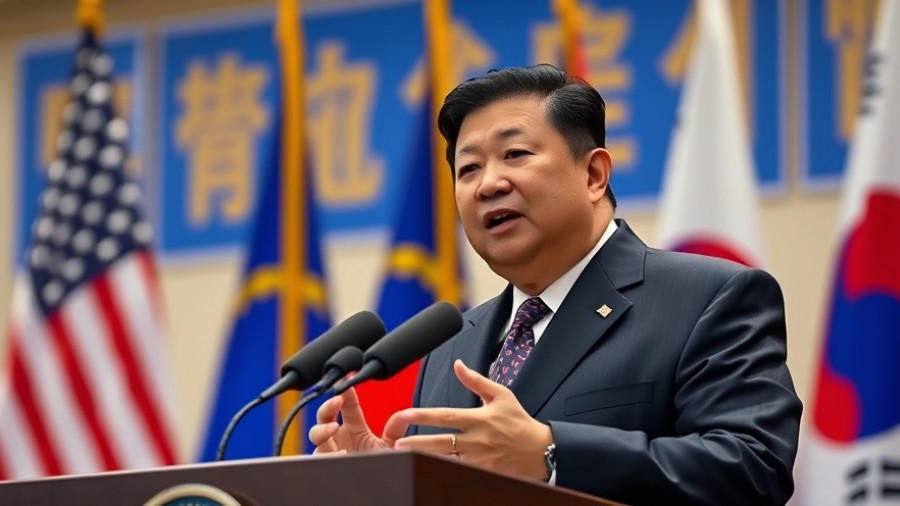
A New Era of Maritime Collaboration in the Indo-Pacific
On May 20, 2025, a significant milestone was achieved in maritime cooperation between the United States and the Philippines. The Armed Forces of the Philippines, alongside the Philippine Coast Guard and the United States Coast Guard (USCG), conducted a joint Maritime Cooperative Activity (MCA) in the Sulu Sea. This initiative underscores both nations' commitment to maintaining peace and security in a region that plays a crucial role in global maritime trade.
Strengthening Ties through Joint Exercises
The exercise utilized various naval assets to enhance military readiness and strengthen operational ties. Participating units included the USCGC Stratton, a Legend-class cutter, and several ships and aircraft from the Philippine Navy and Air Force. Vice Adm. Fred Kacher, commander of the U.S. 7th Fleet, emphasized the importance of such operations, stating, “Maritime Cooperative Activities help us continue to build strong military-to-military ties with our Philippine navy allies.” These exercises are not only fundamental in preparing the forces for potential maritime threats but also serve to reinforce international partnerships.
The Role of Regional Security
As tensions around the Indo-Pacific region continue to rise, maintaining a free and open maritime environment is paramount. The collaboration between the U.S. and the Philippines is guided by a mutual respect for international laws and navigational rights. “The U.S., along with our allies and partners, upholds the right to freedom of navigation and overflight,” Capt. Brian Krautler, commander of the Stratton, affirmed. This commitment not only benefits the directly involved nations but also contributes positively to regional stability.
A Global Challenge Met with Local Solutions
The maneuvers conducted during this MCA reflect a broader global initiative to counter threats and ensure maritime safety. Activities such as Visit, Board, Search and Seizure (VBSS) simulations highlight the importance of cooperation in tackling piracy and illegal fishing, which affect local fishermen and global trade alike. Moreover, these drills foster a shared understanding of tactical operations, contributing to enhanced data sharing and situational awareness among allied forces.
Building Capacity for Future Engagements
This joint maritime operation was more than just a set of exercises; it was an educational exchange designed to build the capacity of both nations. Such engagements ensure that personnel from both the Philippine and U.S. armed forces can learn best practices while fostering relationships that transcend military objectives. As emphasized by Captain Krautler, these professional exchanges are vital for creating a teamwork-oriented approach to challenges in the maritime sphere.
A Look Ahead: The Future of U.S.-Philippine Cooperation
The success of this MCA indicates the promise of more robust future engagements. While maintaining a focus on immediate tactical gains, broader strategic goals like enhancing regional cooperation, increasing defense interoperability, and promoting a secure maritime environment remain as outlined goals for both nations. As the U.S. 7th Fleet operates continuously within the Indo-Pacific area, the commitment to regional allies remains a cornerstone of U.S. strategic interests.
By continuing to nurture these alliances, both the U.S. and the Philippines are setting a course for long-term stability and prosperity in our oceans, reinforcing the idea that collaborative efforts are the key to overcoming shared challenges.
 Add Row
Add Row  Add
Add 




Write A Comment